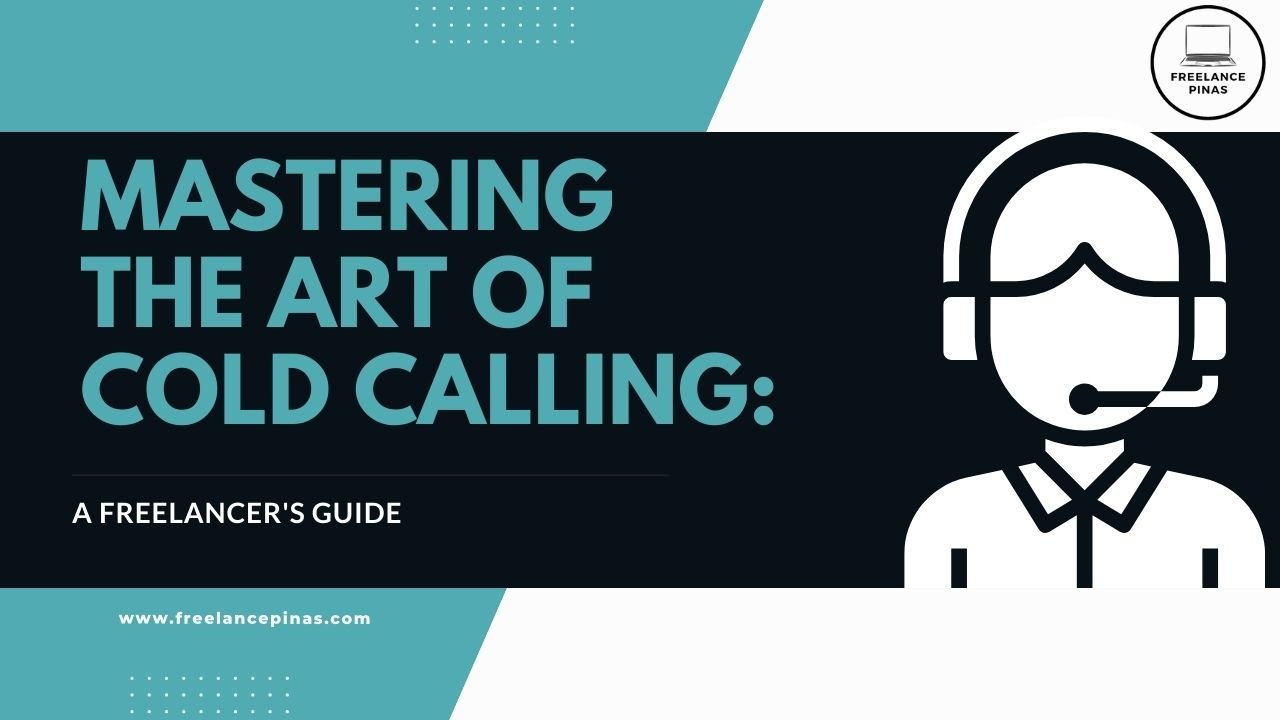Cold calling is both an art and a science. For freelancers looking to expand their client base and boost their business, it’s a skill worth mastering. In this comprehensive guide, we’ll delve into the intricacies of cold calling, offering practical tips and strategies tailored to the unique landscape of freelancing in the Philippines.
Understanding the Power of Cold Calling
Cold calling, often perceived as daunting, is a potent tool in a freelancer’s arsenal. It allows you to proactively reach out to potential clients, opening doors to new opportunities.
Why Cold Calling Matters for Freelancers
Cold calling offers several distinct advantages for freelancers:
- Direct Client Interaction: Unlike emails or messages, cold calling allows for real-time conversations, establishing a more personal connection.
- Immediate Feedback: Conversations provide instant feedback, enabling you to address concerns and objections on the spot.
- Expanding Your Network: It’s an effective way to reach a broader audience and tap into markets that might have otherwise been inaccessible.
- Showcasing Expertise: Cold calling allows you to demonstrate your expertise, presenting yourself as a solution to a client’s needs.
Preparing for the Call: Research and Scripting
Preparation is key to a successful cold call. Before picking up the phone, ensure you’ve done thorough research on the potential client.
Key Steps in Preparing for a Cold Call
- Research the Prospect: Understand the client’s business, industry, pain points, and potential needs.
- Craft a Compelling Script: Develop a concise yet engaging script that outlines your value proposition and addresses potential questions.
- Anticipate Objections: Be prepared to handle objections gracefully, turning them into opportunities to further showcase your value.
The Cold Call: Best Practices and Strategies
Executing a cold call requires finesse. It’s crucial to approach the conversation with confidence and a clear objective.
Essential Elements of a Cold Call
- Introduction: Begin with a concise introduction, clearly stating who you are and why you’re calling.
- Engage and Qualify: Ask open-ended questions to engage the prospect and qualify them as a potential client.
- Present Your Value Proposition: Clearly articulate how your skills and services can address the client’s specific needs.
- Handle Objections: Address objections with empathy and provide tailored solutions.
Post-Call Follow-Up and Nurturing Relationships
The end of a call doesn’t signal the end of the process. Follow-up is crucial for nurturing relationships and converting leads into clients.
Post-Call Strategies
- Send a Thank You Email: Express gratitude for the conversation and reiterate your value proposition.
- Provide Additional Value: Share relevant resources or insights that showcase your expertise.
- Set Next Steps: If applicable, discuss potential projects or meetings to keep the momentum going.
Measuring Success: Tracking Metrics and Adjusting Strategies
Every cold call is an opportunity to learn and refine your approach. By tracking key metrics, you can continuously enhance your cold calling strategy.
Metrics to Monitor
- Conversion Rate: Measure the percentage of calls that result in a positive outcome, such as a meeting or project.
- Response Rate: Track how many prospects respond to your initial outreach.
- Feedback and Objections: Analyze common objections to refine your value proposition.
In conclusion, mastering the art of cold calling is a valuable skill for any freelancer. By approaching it with preparation, confidence, and a client-centric focus, you can turn cold calls into fruitful connections and thriving freelance opportunities. Remember, consistency and persistence are key. Happy calling!
